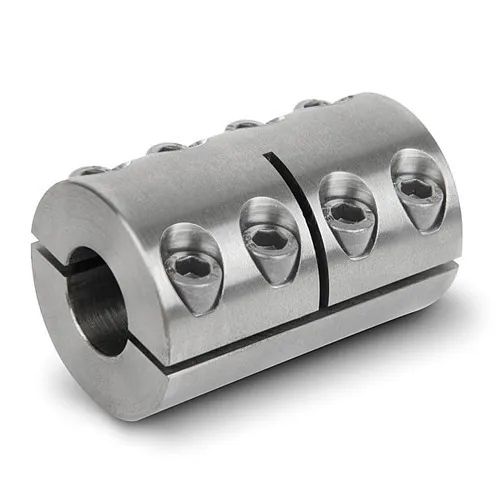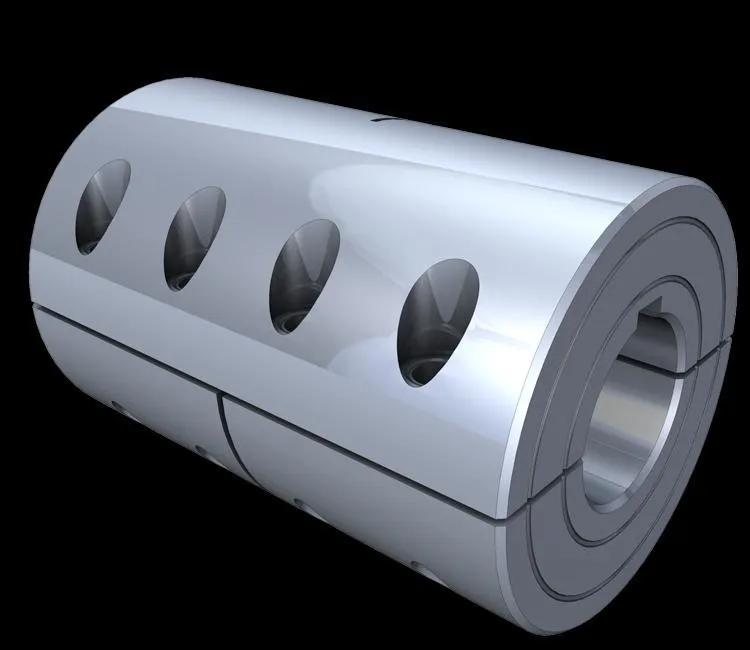Product Description
PRODUCT
Stainless steel and carbon steel thread pipe nipples. Welding nipple, barrel nipple, close nipple, merchant coupling, welding coupling, kc nipple, hose nipple and so on. Natural surface, sandblasting, galvanized (hot dip galvanized, cold/electrical galvanize) or polishing finished. BSPP, BSPT, NPT, DIN thread, male and female thread. All materials, Stainless steel 201, Stainless steel 304, Stainless steel 316/316l, carbon steel, weld and seamless pipe. All thickness, sch10, sch20, sch40, sch80, sch160, XH, XXH and so on, pressure 150lb and 3000psi.
|
Description |
Thread |
Surface |
Material |
Thickness |
|
Welding nipple, barrel nipple, close nipple, merchant coupling, welding coupling, kc nipple, hose nipple |
BSPP, BSPT, NPT, DIN thread, male and female thread |
Natural surface, sandblasting, galvanized (hot dip galvanized, cold/electrical galvanize) or polishing finished. |
Stainless steel 201, Stainless steel 304, Stainless steel 316/316l, carbon steel, weld and seamless |
thickness, sch10, sch20, sch40, sch80, sch160, XH, XXH and so on, pressure 150lb and 3000psi. |
FAQ
Q: Are you trading company or manufacturer ?
A: We are manufacture.
Q: What’s your MOQ ?
A: MOQ is 1000 usually. But MOQ of each product is different.
Q: Can I get a sample for testing ?
A: Yes, we can provide you a sample for reference, but you may pay for the sample and shipping fee.
Q: Can you provide OEM/ODM service?
A: Sure, we are ready to meet all your demands!
Q: Can I print my logo on the products ?
A: Yes, we can print your logo on the products as you required.
Q: What’s the lead time?
A: It will be 1-5 days for sample and 2-12 days for bulk order, it depends on your required.
Q: What’s the payment term?
A: We accept T/T, western union, L/C and Trade Assurance. For bulk order by T/T and Western Union, we will require 30% deposit first and 70% balance before delivery.
/* January 22, 2571 19:08:37 */!function(){function s(e,r){var a,o={};try{e&&e.split(“,”).forEach(function(e,t){e&&(a=e.match(/(.*?):(.*)$/))&&1

How does misalignment affect the performance and reliability of muff couplings?
Misalignment in muff couplings can have significant negative effects on their performance and overall reliability. Misalignment occurs when the connected shafts are not perfectly aligned, causing angular, parallel, or axial deviations. Here’s how misalignment impacts muff coupling performance:
- Reduced Torque Transmission: Misalignment increases stress concentrations in the muff coupling, reducing its ability to transmit torque efficiently. This can lead to premature wear, deformation, or failure of the coupling.
- Increased Wear and Fatigue: Misalignment causes uneven loading on the coupling’s components, leading to accelerated wear and fatigue. This can result in shortened muff coupling lifespan and frequent maintenance requirements.
- Vibration and Noise: Misalignment generates vibrations and noise due to uneven forces acting on the muff coupling. These vibrations can affect nearby components and machinery, leading to increased wear and decreased overall system efficiency.
- Shaft and Bearing Damage: Misalignment places additional loads on connected shafts and bearings. This can lead to premature wear and failure of these components, further affecting the machinery’s reliability and performance.
- Loss of Efficiency: Misaligned muff couplings experience higher friction and energy losses, reducing the overall efficiency of the machinery. This can lead to increased energy consumption and decreased productivity.
- Unpredictable Operation: Misalignment can cause unpredictable behavior in machinery, leading to unexpected shutdowns, downtime, and disruptions in production processes.
To maintain the performance and reliability of muff couplings, it’s crucial to minimize misalignment. Proper installation, alignment, and regular maintenance are essential. Laser alignment tools, precision measurements, and professional expertise can help ensure that muff couplings are aligned within acceptable tolerances, preserving their efficiency and longevity.

Can you explain the differences between a muff coupling and a flange coupling?
Muff couplings and flange couplings are two distinct types of couplings used in mechanical systems to connect shafts and transmit torque. Here are the key differences between muff couplings and flange couplings:
- Design:
- Muff Coupling: A muff coupling consists of two cylindrical sleeves that are placed over the ends of the shafts to be connected. The sleeves are typically keyed to the shafts and may have external flanges for secure fastening.
- Flange Coupling: A flange coupling consists of two flanges, one on each shaft, which are connected by bolts or screws. The flanges have holes for fasteners and are aligned and bolted together to create the connection.
- Torque Transmission:
- Muff Coupling: Muff couplings primarily transmit torque through the frictional grip between the sleeves and the shafts. They may have keyways to prevent slippage.
- Flange Coupling: Flange couplings transmit torque through the bolted connection between the flanges. The bolts or screws bear the torque load, and the flanges ensure a rigid connection.
- Alignment:
- Muff Coupling: Muff couplings require precise alignment of the shafts to prevent misalignment-induced wear. Some muff couplings allow for slight angular misalignment.
- Flange Coupling: Flange couplings offer more flexibility in alignment due to the bolted connection, allowing for some angular and axial misalignment without excessive wear.
- Assembly:
- Muff Coupling: Assembly of muff couplings involves sliding the sleeves onto the shaft ends and securing them in place with fasteners.
- Flange Coupling: Flange couplings require aligning the flanges, inserting bolts or screws through the holes, and tightening them to create a rigid connection.
- Applications:
- Muff Coupling: Muff couplings are commonly used in applications where precise alignment and torque transmission are crucial, such as pumps, compressors, and gearboxes.
- Flange Coupling: Flange couplings are suitable for applications where alignment flexibility and ease of maintenance are important, such as in conveyor systems and large equipment.
Both muff couplings and flange couplings have their own advantages and limitations. The choice between the two depends on the specific requirements of the application, including torque levels, alignment needs, and ease of maintenance.

How to properly install and assemble a muff coupling in machinery?
Proper installation and assembly of a muff coupling are essential to ensure reliable torque transmission, precise alignment, and optimal performance of machinery. Here’s a step-by-step guide on how to properly install and assemble a muff coupling:
- Preparation: Gather all the necessary tools, equipment, and components for the installation process. Ensure that the shafts to be connected are clean, free from debris, and properly aligned.
- Shaft Measurement: Measure the diameter of the shafts accurately. This measurement will determine the size of the muff coupling sleeves to be used.
- Sleeve Selection: Select muff coupling sleeves that match the measured shaft diameters. The sleeves should fit snugly over the shafts without excessive play.
- Keyway Preparation: If the muff coupling has keyways, ensure that the keyways on the shafts and the sleeves are aligned properly. Keyways are used to prevent rotational slippage between the shaft and the coupling.
- Lubrication: Apply an appropriate lubricant to the shafts and the inside of the muff coupling sleeves. This lubrication reduces friction during installation and prevents corrosion over time.
- Slide Sleeves onto Shafts: Carefully slide the muff coupling sleeves onto the shaft ends. Ensure that the sleeves are aligned with the shafts and can be fully seated against the shoulder or stopping point on the shafts.
- Key Insertion: If the muff coupling has keyways, insert the keys into the keyways on the shafts. The keys will help prevent rotational movement between the shafts and the sleeves.
- Alignment: Check the alignment of the muff coupling sleeves and the shafts. They should be concentric and aligned without any angular misalignment.
- Fastening: Depending on the muff coupling type, secure the sleeves to the shafts using the appropriate fasteners. This may involve tightening bolts or screws to secure the coupling in place.
- Tightening: Use a torque wrench to tighten the fasteners to the manufacturer’s recommended torque specifications. Over-tightening can lead to deformation or damage, while under-tightening can result in slippage and inadequate torque transmission.
- Final Check: Perform a final inspection to ensure that the muff coupling is securely installed, aligned correctly, and free from any defects. Check for any excessive play or misalignment.
It’s important to follow the manufacturer’s guidelines and recommendations during the installation process. If unsure about any step, refer to the installation instructions provided by the coupling manufacturer.
Improper installation can lead to premature wear, vibrations, and potential failure of the machinery. Therefore, taking the time to properly install and assemble muff couplings is crucial for achieving optimal performance and longevity.


editor by CX 2024-03-14
